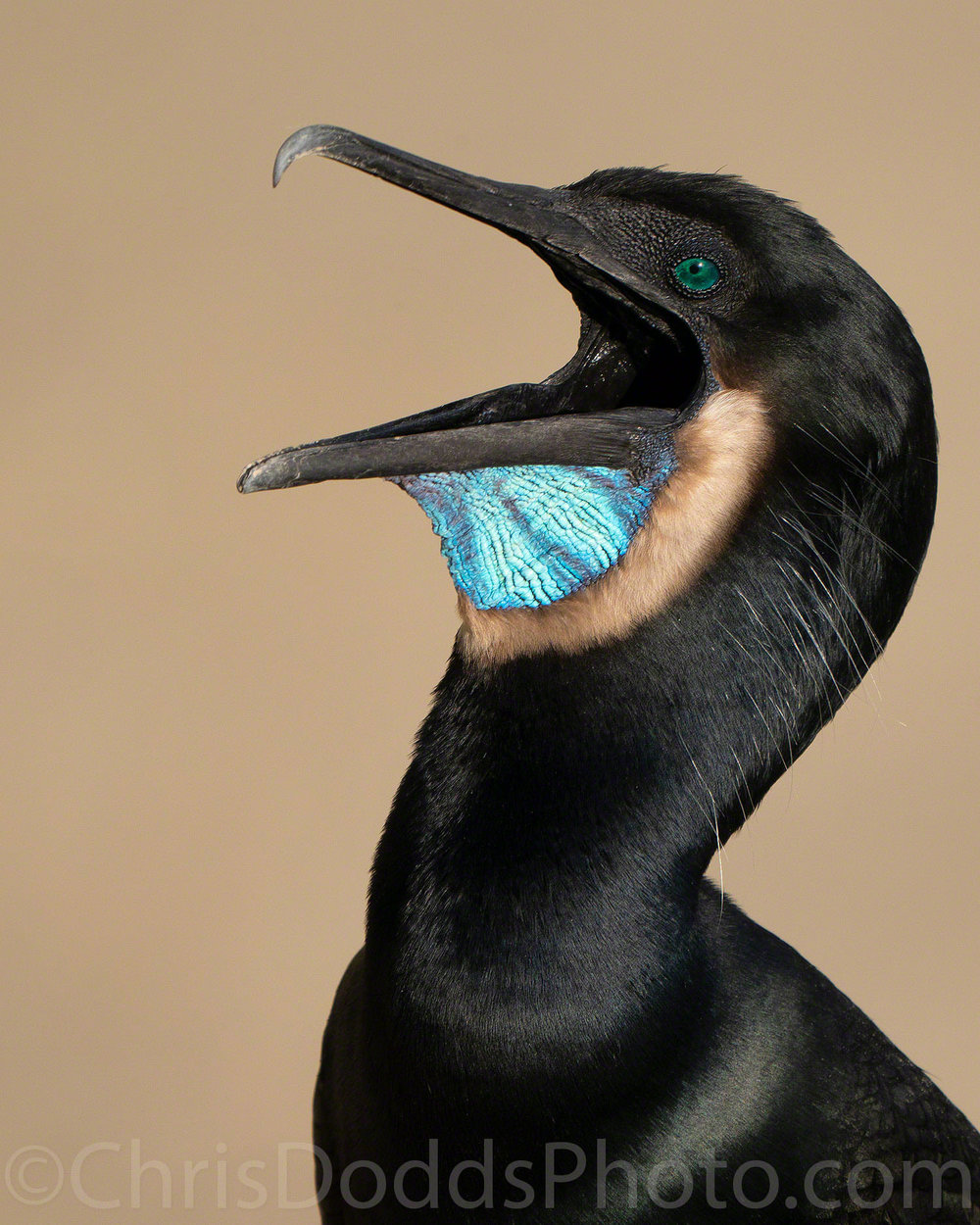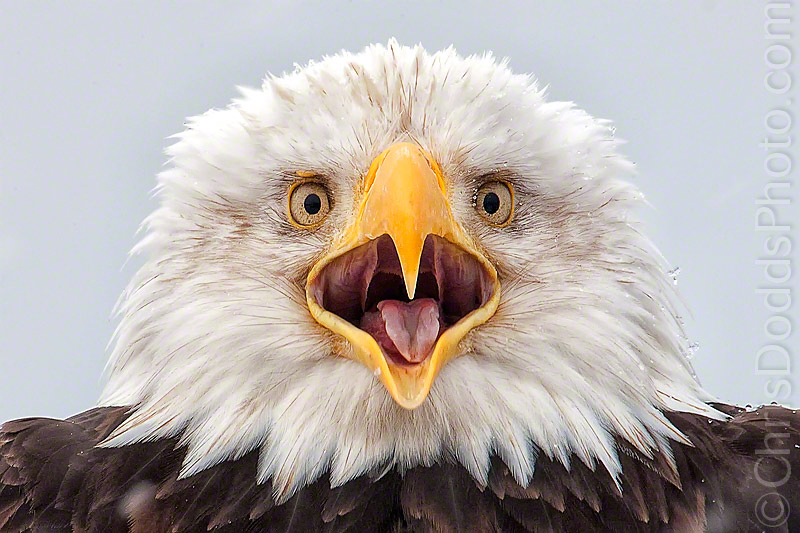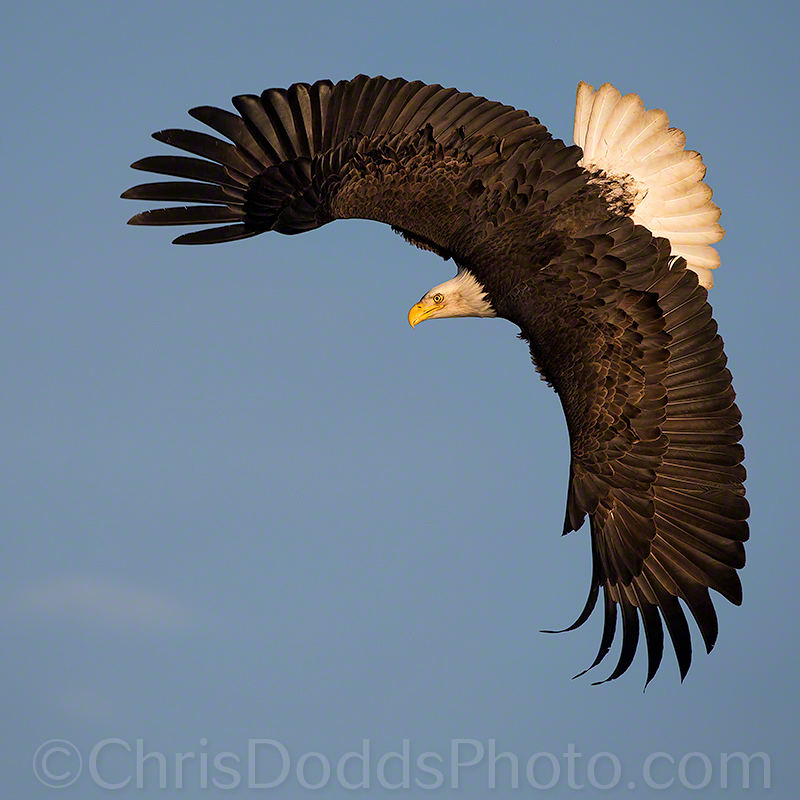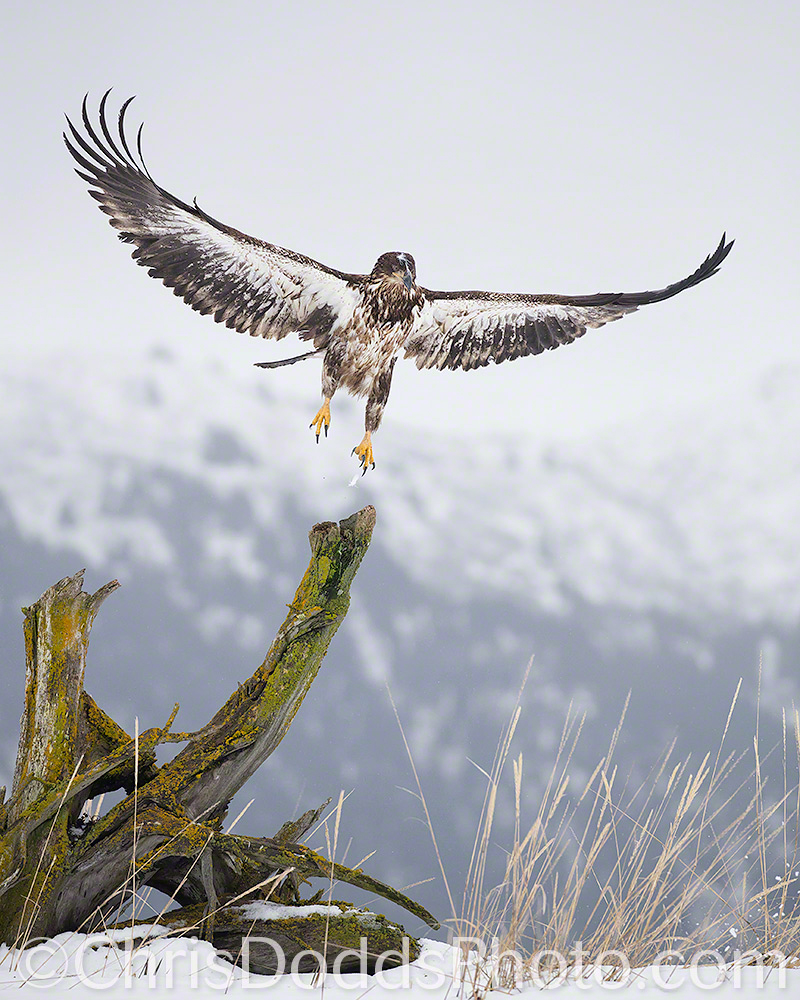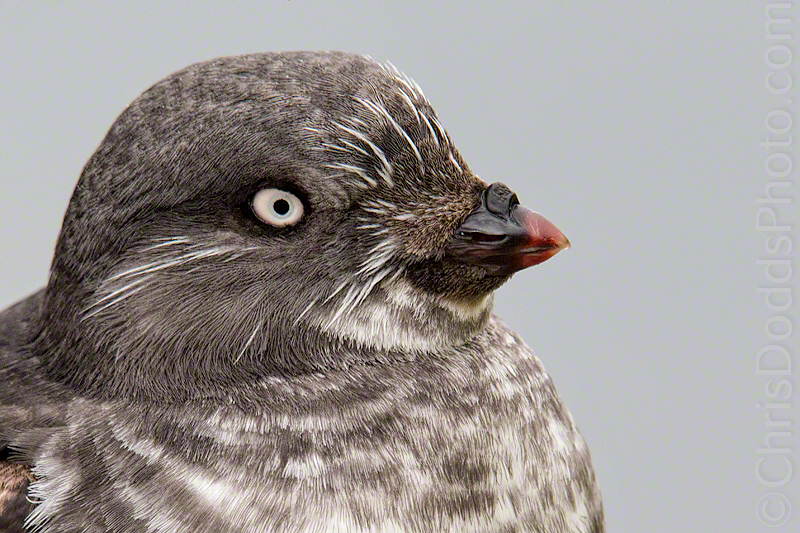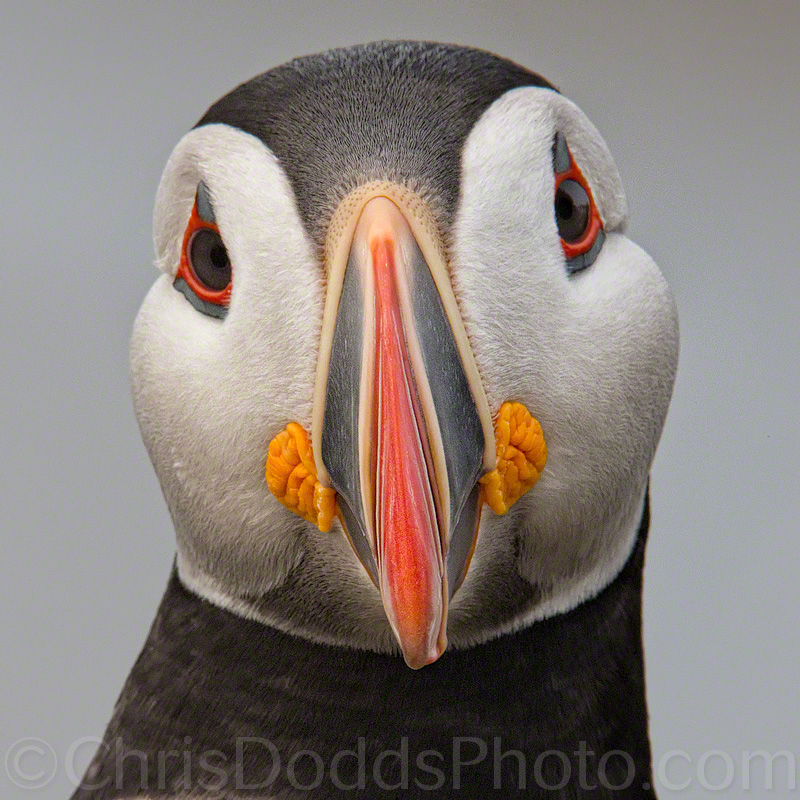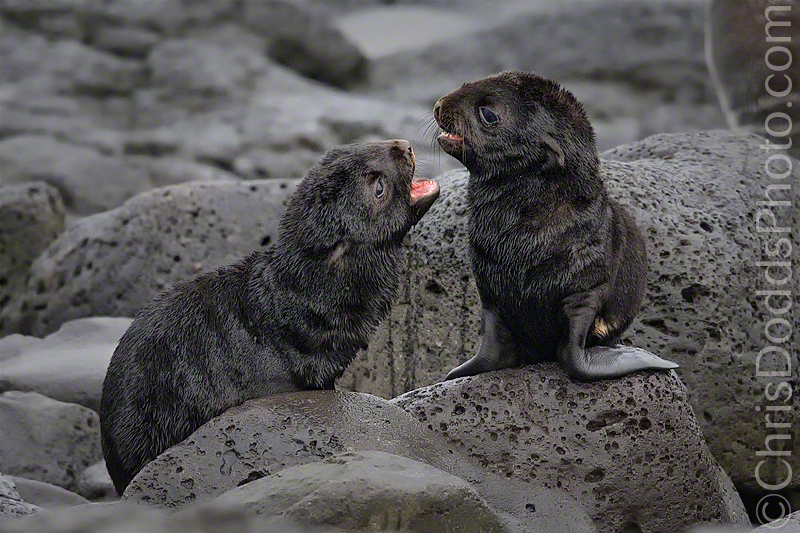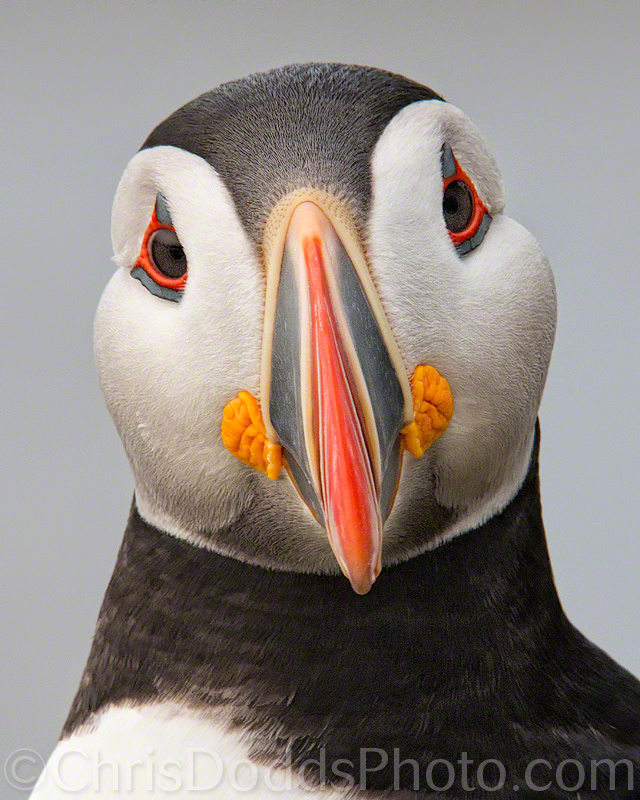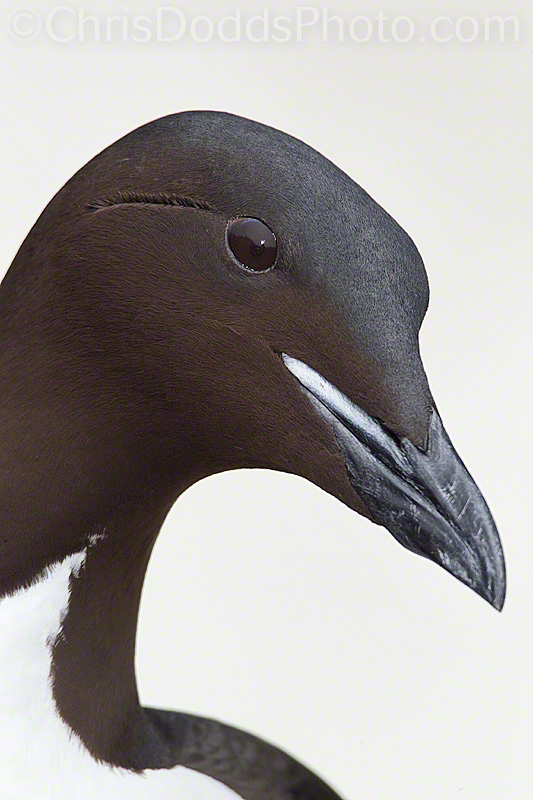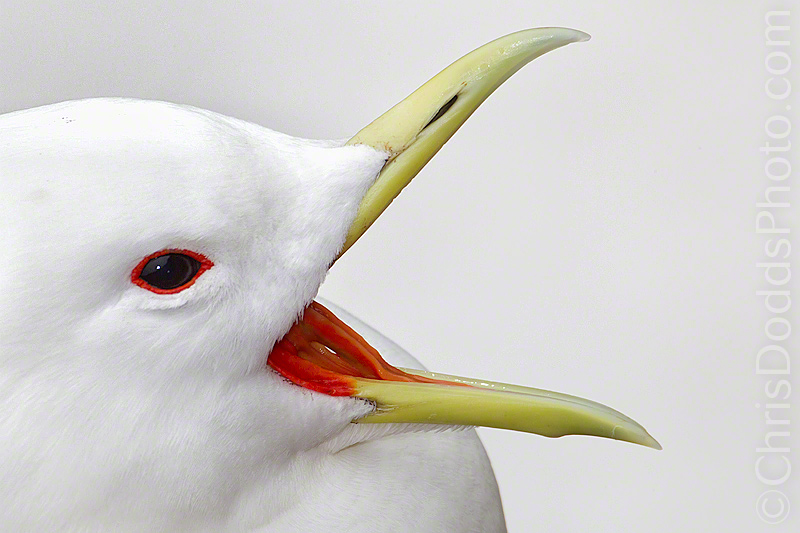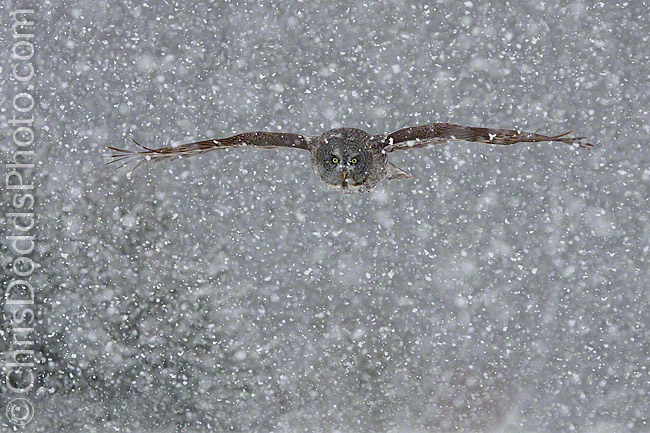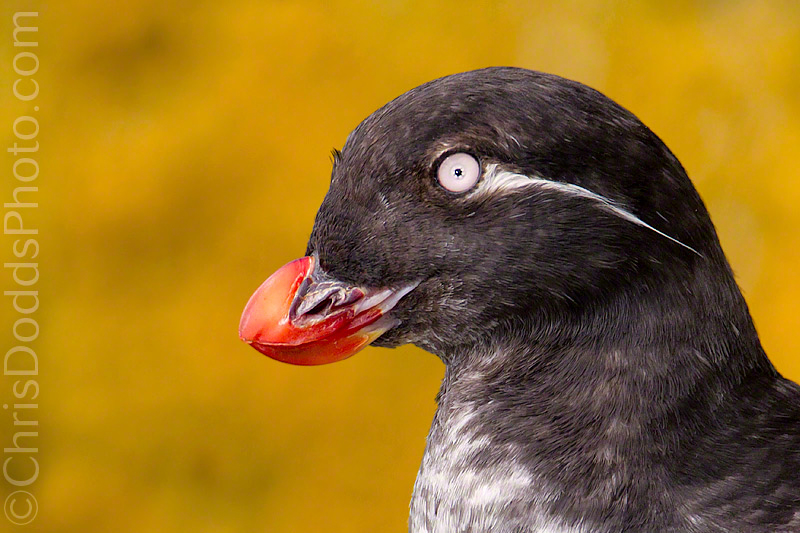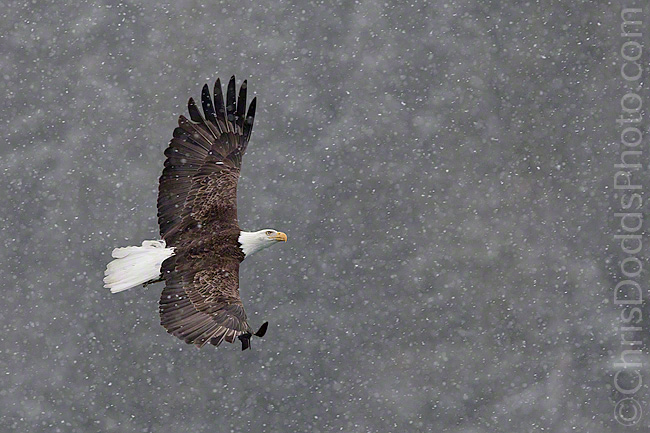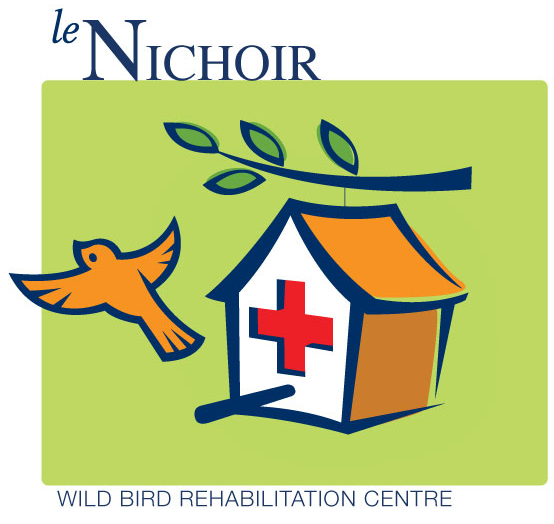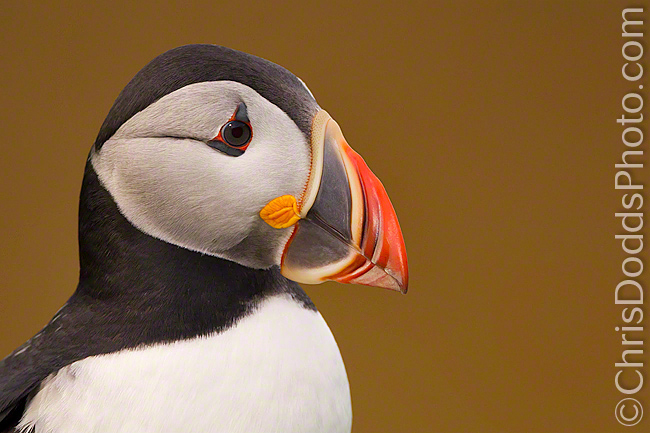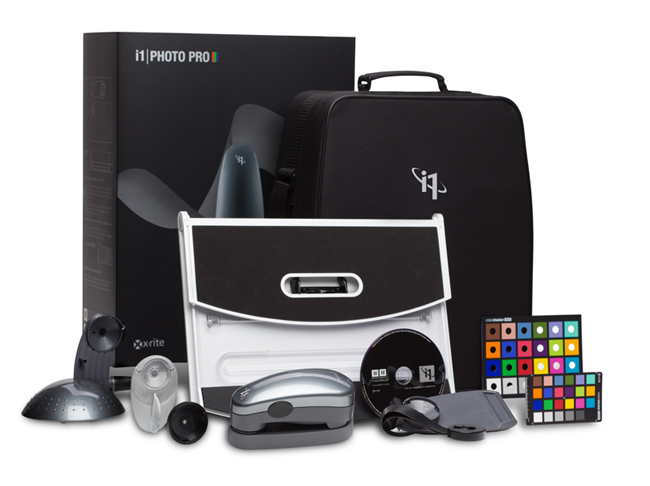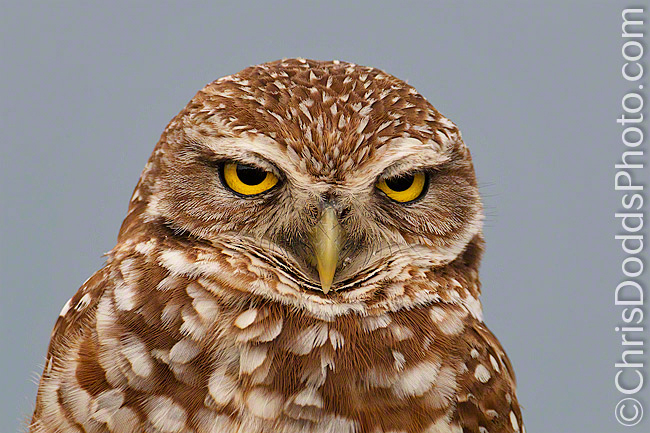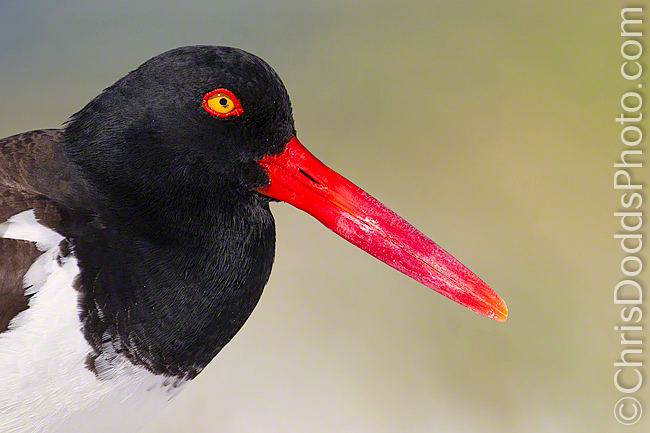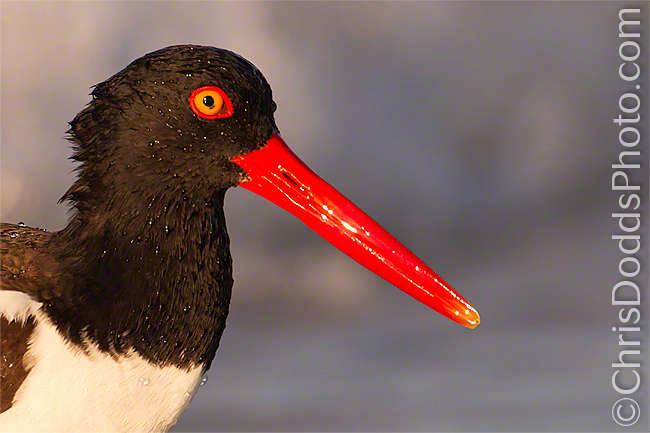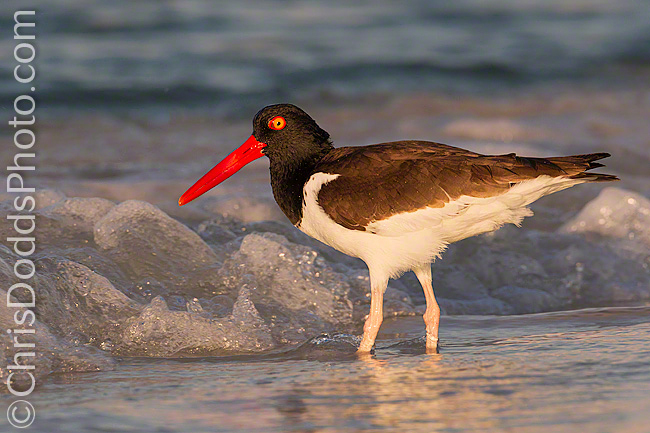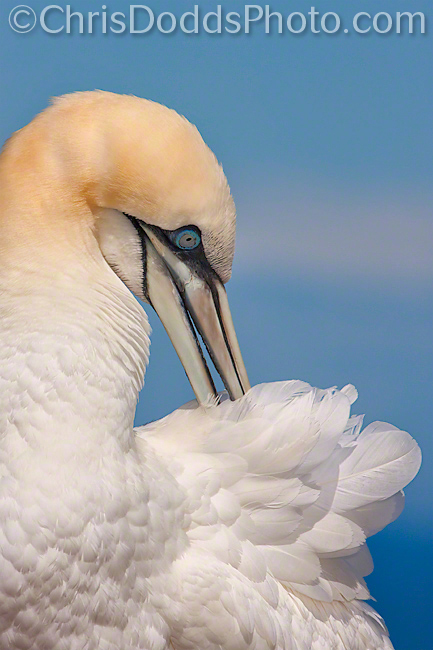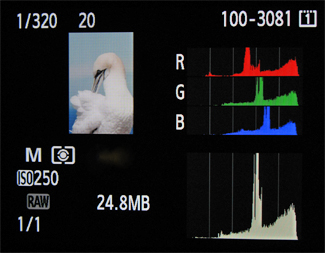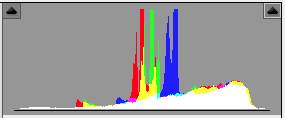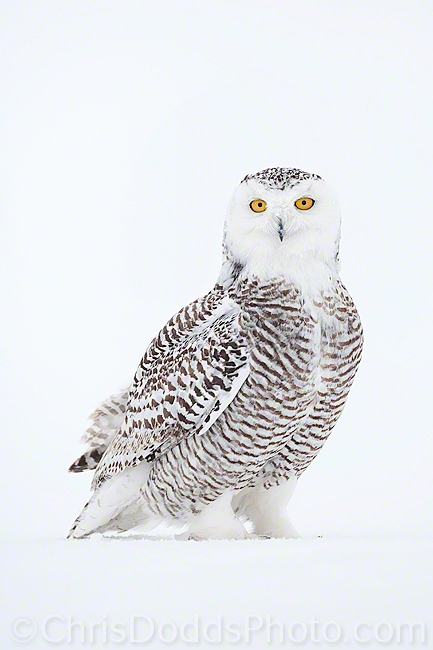 Snowy Owl Stance (Bubo scandiacus, Harfang des neiges, SNOW) Ontario. Image Copyright ©Christopher Dodds All Rights Reserved. Canon EOS 1DsMKIII, 500mm F4 IS, Tripod with Tripod & Jobu Jr. 3 with Think-Tank Photo Hydrophobia 300-600. ISO 400, F6.3 1/1,600s Manual mode. CLICK HERE TO ORDER A PRINT OR LICENSE IMAGE FOR PUBLICATION.
Snowy Owl Stance (Bubo scandiacus, Harfang des neiges, SNOW) Ontario. Image Copyright ©Christopher Dodds All Rights Reserved. Canon EOS 1DsMKIII, 500mm F4 IS, Tripod with Tripod & Jobu Jr. 3 with Think-Tank Photo Hydrophobia 300-600. ISO 400, F6.3 1/1,600s Manual mode. CLICK HERE TO ORDER A PRINT OR LICENSE IMAGE FOR PUBLICATION.
Winter Owl Report
Just wanted to pass on my thoughts about the coming winter owl season. There's been good movements of our favorite winter owls so far and they have already started to establish their winter feeding grounds. All of the indications are pointing to a great winter owl season. I still have some limited space available on my Snowy Winter Owl Prowl Photo Safari / Workshops.
Cold Weather Clothing Tips for Photographers
Photography in the winter often entails staying warm while staying still in the freezing cold for long periods of time and foregoing any warmth from physical exertion. In the deep cold, when you are not exerting yourself, what you want is loft and insulation; remember that loose fitting clothing offers much more insulation and warmth than tight fitting layers that are so compressed that they actually loose the ability to keep you warm. Synthetics wick chilling moisture away from your skin, are light for travel and dry much quicker than any natural fabrics (Just remember: Cotton Kills!).
Tops: I start with a base layer Double Wicked Lite T Long Sleeve Shirt (remember that cotton traps moisture next to your skin, but synthetics wick moisture away from your skin), followed by a good mid weight fleece Zip Neck Sweater
(remember that cotton traps moisture next to your skin, but synthetics wick moisture away from your skin), followed by a good mid weight fleece Zip Neck Sweater .
.
Bottoms: Full Length Base Layer with either Nylon zip-off pants
with either Nylon zip-off pants or Microchill Fleece Pant
or Microchill Fleece Pant if it’s really cold.
if it’s really cold.
Outer wear: Expedition weight bib Gore-tex pants and Canada Goose Parka
and Canada Goose Parka for the woods (extremely durable and branch resistant), or Expedition weight Down Parka
for the woods (extremely durable and branch resistant), or Expedition weight Down Parka (Really warm and light – perfect for travel).
(Really warm and light – perfect for travel).
Feet: As I’ve already mentioned, nature photographers spend a huge amount of time waiting for the image, so it’s extremely important to understand that boot manufacturers rate their boots with the assumption of moderate activity; there is a huge difference in just how warm a boot is when walking or standing for any length of time. I start with a good pair of Warm Socks and add a loose fitting Sorel Boot
and add a loose fitting Sorel Boot (I’ve tried so many winter boots, and there’s nothing like the durability and warmth of my Sorels). MICROspikes Pocket Traction System
(I’ve tried so many winter boots, and there’s nothing like the durability and warmth of my Sorels). MICROspikes Pocket Traction System prevent accidental (and sometimes expensive and damaging) wipeouts.
prevent accidental (and sometimes expensive and damaging) wipeouts.
Hands: Keeping your hands warm is quite a challenge; here’s my secret: I start with a loose fitting pair of Thin Liner Gloves which never come off my hands. I place Hand Warmers
which never come off my hands. I place Hand Warmers into the palm of the liner gloves, and when it’s really, really cold, I slip another into the wristband which warms the blood as it travels to my fingers. My choice for outer layer is the Black Diamond Mercury Mitts
into the palm of the liner gloves, and when it’s really, really cold, I slip another into the wristband which warms the blood as it travels to my fingers. My choice for outer layer is the Black Diamond Mercury Mitts ; be sure to buy a size, or two, larger than normal; this allows you to move your fingers around inside the gloves. The extra room, and fine leather palm of the Mercury Mitts allows me to use most of my camera’s buttons and dials – it takes a little practice, and seems clumsy, but better a little awkward than frozen.
; be sure to buy a size, or two, larger than normal; this allows you to move your fingers around inside the gloves. The extra room, and fine leather palm of the Mercury Mitts allows me to use most of my camera’s buttons and dials – it takes a little practice, and seems clumsy, but better a little awkward than frozen.
Head: Remember that most heat loss occurs through your head and get a warm Beanie hat (or Touque as we say in Canada) . I often use a Balaclava
. I often use a Balaclava when it’s really cold to protect my face from the the cold and windchill.
when it’s really cold to protect my face from the the cold and windchill.
Camera: As for your camera gear, you should pack rain protection in case you are blessed with wet snow, or rain. I am thrilled with my Think-Tank Photo Hydrophobia 70-200 Flash and my Think-Tank Photo Hydrophobia 300-600 V2.0. Unlike the old days, little precaution is required before for your newer generation digital camera bodies are exposed to arctic conditions. Today’s pro camera bodies easily handle the cold weather and recent advances in battery technology easily allow a full day of photography on one charged battery. Consumer and prosumer cameras will also work well, but you should have an extra battery, or two, tucked away in an inside pocket keeping warm. Moving between extreme cold and warm temperatures when going indoors, or out, does cause some condensation; just leave your camera in it’s bag for a couple of hours while it comes to room temperature. Although I won’t remove a lens until my camera warms to room temperature, I don’t fuss much with my professional, sealed cameras; they’ve been from warm to cold and back again thousands of times. It’s good practice to remove the memory card when you are finished shooting and put it in a safe and zippered pocket; this prevents any warm moist air from entering your camera when you get home (or to your hotel), and keeps your images safe if your camera is stolen from you vehicle if you stop for coffee, hot chocolate or to warm-up at a restaurant.
I have just visited to Hudson Village Theater to do a pre show audio & video test and am thrilled to be presenting at such an awesome venue! There is still limited space available, be sure not to miss this show and support such a worthy cause!
Our sponsors have dug deep and collectivly offered thousands of dollars of prizes for this great event! Jobu Designs (makers of my favorite Gimbal Head - the Jobu Jr. 3), FirstPass Image downloader & Editor, Think-Tank Photo, Cotton Carrier, DigiMarc for Images and Tiffen have all jumped on-board and offered tons of prizes to show their suppoort for my Second Annual Photo Geek Christmas Party.
It's not too late to join me, Canadian nature photographer Christopher Dodds, on November 30, 2011 at 7:30 PM at the Hudson Village Theatre (28 Wharf Road, Hudson, QC J0P 1H0) for an hour and a half long slideshow presentation to benefit this great cause which is so close to my heart. The show is designed to be entertaining and informative to all; nature lovers and photographers alike. Stories of adventure, natural history facts and information are all on the menu and this show is designed to offer helpful tips & techniques sure to improve your photography efforts with everything from a camera phone, point & shoot camera or professional SLR camera system. Over one hundred of my images will be projected, many unseen. Everyone is welcome!
Hurry! Only 148 seats. Tickets are only $15.00 each and are available for advance purchase only - every penny is collected by, and goes to Le Nichoir. Please call or email Le Nichoir (communication@lenichoir.org 450-458-2809) to secure your tickets, or make a donation if you can't make it (be sure to tell them it's on behalf of Chris' Photo Geek Christmas Party) Major credit cards and cheques accepted. Finger food and hors d'oeuvres are included and there will be a cash bar (please drink responsibly).
There will be ample time to mingle, meet my friends and contacts and share some of your images with others, so feel free to bring prints, iPads or laptops with your favourite images to share. I hope to see you there and PLEASE SPREAD THE WORD!
Read more about it HERE
 Savannah Sparrow with Caterpillar (Passerculus sandwichensis, Bruand des prés, SASP) From my DELUXE PUFFIN WORLKSHOP in Mingan Archipelago National Park Reserve of Canada, Réserve de parc national du Canada de l'Archipel-de-Mingan, Quebec, Canada. Image Copyright ©Christopher Dodds. Sony Alpha a9 Mirrorless Camera & Sony FE100-400 F4.5-5.6 G Master OSS @ 400mm @ minimum focusing distance. Full frame image. ISO 640, f/8 @ 1/640s Manual exposure mode.
Savannah Sparrow with Caterpillar (Passerculus sandwichensis, Bruand des prés, SASP) From my DELUXE PUFFIN WORLKSHOP in Mingan Archipelago National Park Reserve of Canada, Réserve de parc national du Canada de l'Archipel-de-Mingan, Quebec, Canada. Image Copyright ©Christopher Dodds. Sony Alpha a9 Mirrorless Camera & Sony FE100-400 F4.5-5.6 G Master OSS @ 400mm @ minimum focusing distance. Full frame image. ISO 640, f/8 @ 1/640s Manual exposure mode. Savannah Sparrow with Caterpillar (Passerculus sandwichensis, Bruand des prés, SASP) From my DELUXE PUFFIN WORLKSHOP in Mingan Archipelago National Park Reserve of Canada, Réserve de parc national du Canada de l'Archipel-de-Mingan, Quebec, Canada. Image Copyright ©Christopher Dodds. Sony Alpha a9 Mirrorless Camera & Sony FE100-400 F4.5-5.6 G Master OSS @ 400mm @ minimum focusing distance. Full frame image. ISO 640, f/8 @ 1/640s Manual exposure mode.
Savannah Sparrow with Caterpillar (Passerculus sandwichensis, Bruand des prés, SASP) From my DELUXE PUFFIN WORLKSHOP in Mingan Archipelago National Park Reserve of Canada, Réserve de parc national du Canada de l'Archipel-de-Mingan, Quebec, Canada. Image Copyright ©Christopher Dodds. Sony Alpha a9 Mirrorless Camera & Sony FE100-400 F4.5-5.6 G Master OSS @ 400mm @ minimum focusing distance. Full frame image. ISO 640, f/8 @ 1/640s Manual exposure mode.